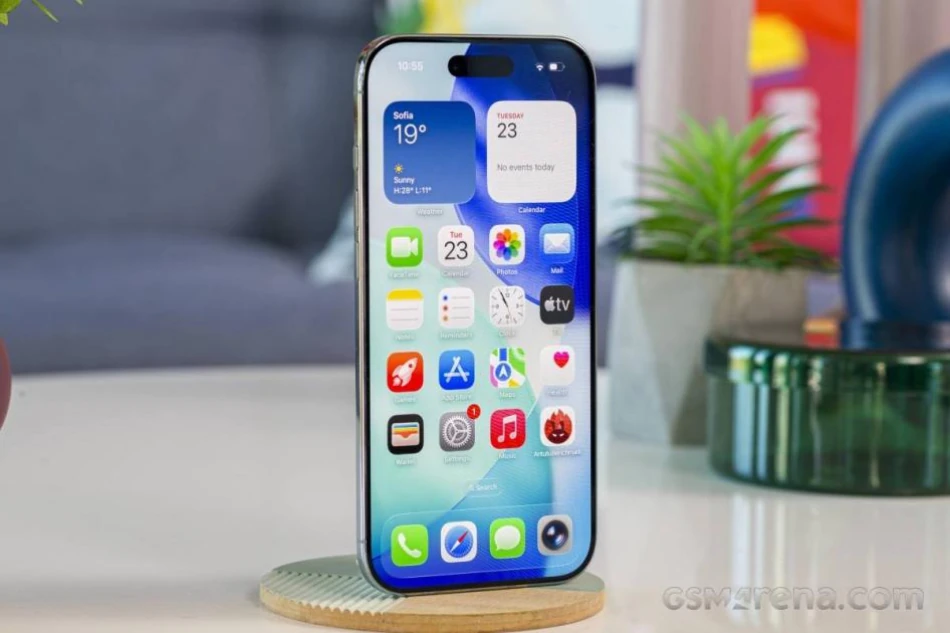
iOS 26.0.1 Update Addresses Camera Bugs and iPhone 17 Network Issues
Apple just released iOS 26.0.1 and iPadOS 26.0.1 on September 29, 2025, to fix a serious security flaw in the FontParser component. The update also addresses camera and network problems that iPhone 17 users have been complaining about.
The security bug was pretty serious. It could let malicious fonts crash apps or mess with system memory. Apple fixed this by improving how the system checks boundaries when processing fonts. They've labeled this vulnerability as CVE-2025-43400.
Here's how the attack worked: when your device processed a bad font file, it could write data outside its assigned memory space. This might crash your apps or, in worse cases, let attackers run harmful code on your device.
iPhone 17 users were dealing with multiple issues before this update. The camera app would suddenly stop working or respond slowly when taking photos. Some users also faced frequent network disconnections that made their phones unreliable for calls and internet use.
**What makes this update important**
Font processing vulnerabilities are particularly dangerous because fonts are everywhere. Every app that displays text uses the FontParser component. So a single flaw here can affect your entire device.
Apple doesn't usually reveal security details until after they release fixes. This approach prevents attackers from exploiting known vulnerabilities before users can protect themselves. But it also means we often don't know how serious these flaws were until later.
Security experts say these "out-of-bounds write" bugs happen when code tries to store data in memory locations it shouldn't access. File processors and font handlers are common targets because they deal with external data that could be crafted to cause problems.
**For users and developers**
The update is available for a wide range of Apple devices. The company is urging everyone to install it immediately to protect their devices.
This incident highlights ongoing challenges in software security. Even major companies like Apple regularly discover flaws in core system components. The FontParser vulnerability shows how seemingly simple features like text display can become security risks.
Developers are increasingly moving toward memory-safe programming languages like Rust to prevent these issues. Other protective measures include isolating sensitive components through sandboxing and using runtime protections like ASLR and Stack Canaries.
For regular users, the lesson is simple: install security updates as soon as they're available. These aren't just bug fixes - they're often the only thing standing between your device and potential security threats.
Most Viewed News

 Omar Rahman
Omar Rahman






